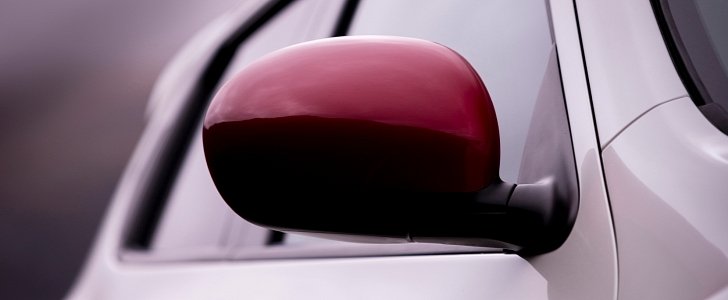Japan’s automotive industry might change the way cars look by removing side mirrors, and the first steps have been made. Legislative changes in the country have allowed automakers to employ high-resolution cameras instead of conventional mirrors.
The change has been expected for many years, but automakers have been limited by suppliers and laws which obliged them to use traditional mirrors.
Fortunately, advancements in technology and the openness of authorities to innovation will allow car makers to propose more fuel-efficient vehicles, which will feature cameras and monitors instead of conventional mirrors.
The first automaker that will employ the technology is from Japan, and the supplier it selected to provide the components is Ichikoh Industries.
Without naming the brand or model that will be the first production car to use a video camera instead of a conventional mirror, Ichikoh’s CEO has revealed that the company has begun manufacturing the first OEM application of a camera and screen combination that will replace mirrors.
The first customer will employ it in a model which will begin sales this August, and it will be a low-volume nameplate which is only sold in the country, Automotive News reports.
The first ever video camera and monitor “team” that will replace a conventional mirror will only be used instead of the interior mirror of the yet-unnamed model. The supplier will be the first in the business to manufacture such a feature for an automaker, but German rivals at Continental also have prepared a similar technology.
At this time, the first mirrorless production car is still a few years away, as regulators will have to agree on the benefits brought by the technology. Moreover, lawmakers will have to agree upon minimum specifications of these systems so that they will become legal on many or even all important markets.
While conventional mirrors have “blind spots” because of their configuration, cameras will not have this issue, but will have to be placed in an intelligent fashion to avoid being covered by dirt or ice.
Automakers and suppliers will have to devise a convenient placement of the monitors which will show the images viewed by the camera, and these monitors will also have to be optimized, so they do not become fatigue factors for the driver on longer drives.
Fortunately, advancements in technology and the openness of authorities to innovation will allow car makers to propose more fuel-efficient vehicles, which will feature cameras and monitors instead of conventional mirrors.
The first automaker that will employ the technology is from Japan, and the supplier it selected to provide the components is Ichikoh Industries.
Without naming the brand or model that will be the first production car to use a video camera instead of a conventional mirror, Ichikoh’s CEO has revealed that the company has begun manufacturing the first OEM application of a camera and screen combination that will replace mirrors.
The first customer will employ it in a model which will begin sales this August, and it will be a low-volume nameplate which is only sold in the country, Automotive News reports.
The first ever video camera and monitor “team” that will replace a conventional mirror will only be used instead of the interior mirror of the yet-unnamed model. The supplier will be the first in the business to manufacture such a feature for an automaker, but German rivals at Continental also have prepared a similar technology.
At this time, the first mirrorless production car is still a few years away, as regulators will have to agree on the benefits brought by the technology. Moreover, lawmakers will have to agree upon minimum specifications of these systems so that they will become legal on many or even all important markets.
While conventional mirrors have “blind spots” because of their configuration, cameras will not have this issue, but will have to be placed in an intelligent fashion to avoid being covered by dirt or ice.
Automakers and suppliers will have to devise a convenient placement of the monitors which will show the images viewed by the camera, and these monitors will also have to be optimized, so they do not become fatigue factors for the driver on longer drives.

